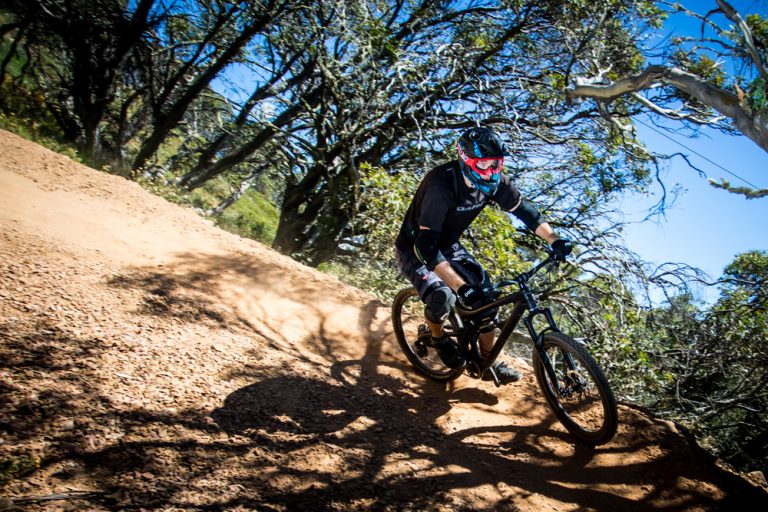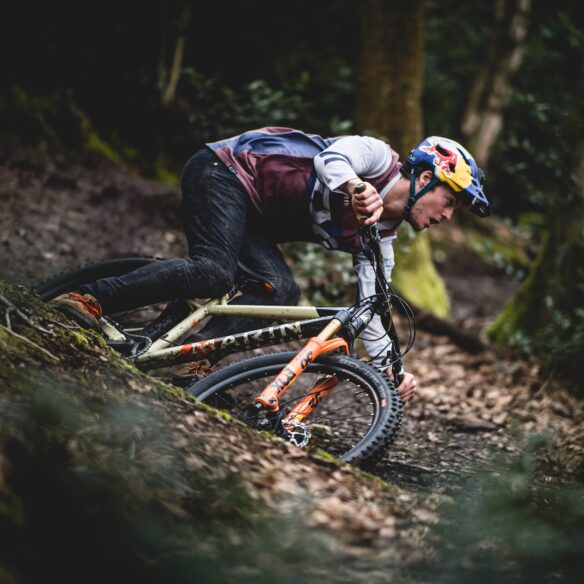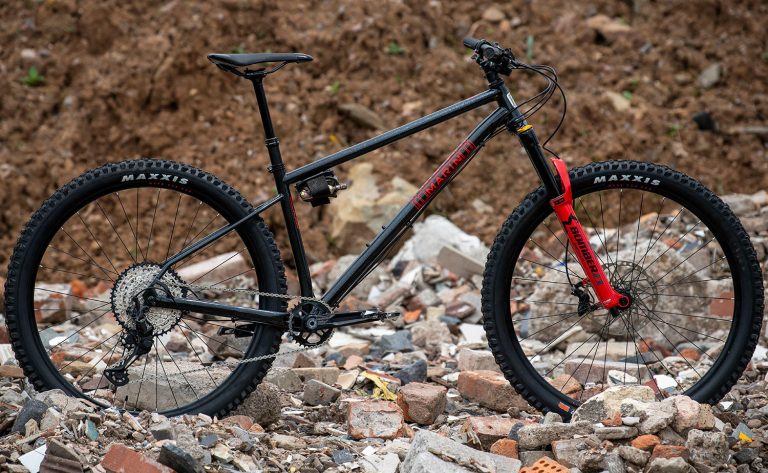A Review Of The Marin Alpine Trail – Mountain Bike Range
Marin Alpine Trail Review Summary (Quick Stats)
If you don't have time to read the full article, here is our quick review. While there are much fancier options out there, the Marin Alpine Trail is an entry-level bike. It's a great bike for both beginner and advanced riders. That makes it perfect for someone who is just starting with steep climbs. The price tag is under the $4,000 mark, making the Marin Alpine Trail 7 an excellently affordable enduro bike.
(Available at Bicyclesonline.com.au)
Overall Rating: 4/5 stars
Quality
RIDE
cost
PRICE (at time of writing)
From $4299
This bike is one of the most extended bikes from the company. It's a burly bruiser that comes from the Californian brand. The design of the Marin Alpine Trail is made for racing and enduro-style riding. These bikes come built around 29-inch wheels, 150mm rear wheel travel, 160mm vee flow snap tires, and a progressively geometric design.
You might be wonder how it rides. Well, we are going to get to that in today's article. We test out the Marin Alpine Trail and provide you with in-depth details. Also, check out our top 10 Marin bike to purchase in Australia article. We also have a review of the Marin El Roy. Also see the Marin Alpine Trail E2 and the Marin Nicasio review.
What Change With The Marin Alpine Trail for 2022?
The layout and style have remained very much the same as last year's bike. It has a no-bull alloy frame that looks tough. There is a straightforward MultiTrac suspensation system that helps make it a capable bike. The new Marin Alpine Trail also has threaded BB and ISCG 05 tabs to provide extra strength. Chain whacking is damped, utilizing a new ribbed chainstay protector. There is a carbon frame on the plate that protects the underside.
Other changes can be found in the geometry of the Alpine Trail. To keep the rider in a balanced climbing position, it has more extended reach measurements. The new frame punches the head angle out to 63.5 degrees. Its steeper seat tube now leans forward up to 78 degrees. That is incredibly steep and can be used when climbing heavy inclines.
Marin Alpine keeps things short at the back with a 430mm rear centre, whereas other brands balance out longer chainstays with longer front ends. On all sizes, it's the same length and doesn't include an integrated frame storage unit. Its simple design does not contain any fancy geometry flips chips or headset steering limiters. This helps to lower manufacturing costs while adding to the appeal of the Alpine Trail.
Marine Alpine Trail Price and Range Overview
There are four Alpine Trail models that Marin offers. Two contain alloy frames, and the remaining have carbon/alloy frames. All bikes feature suspension design, the same alloy back end, geometry, and travel.
The Alpine Trail Carbon 2 is a sexy looking package if you consider the $6,300 price tag. It has SLX four-piston brakes, Shimano SLX/XT drivetrain, a Float DPX2 shock, and a Fox 36 GRIP2 fork. If you are looking for something with more bling, purchasing the top end, Alpine Trail Carbon 2, would be a good idea.
A very similar bike is the Alpine Trail XR. The main feature differences are a Lyrik Ultimate fork and a RockShox Super Deluxe Coil shock.
There is also Maxxis Assegai tyres and a Deity cockpit. That model priced at $5,3000 is a little cheaper than the Marin Alpine Trail carbon.
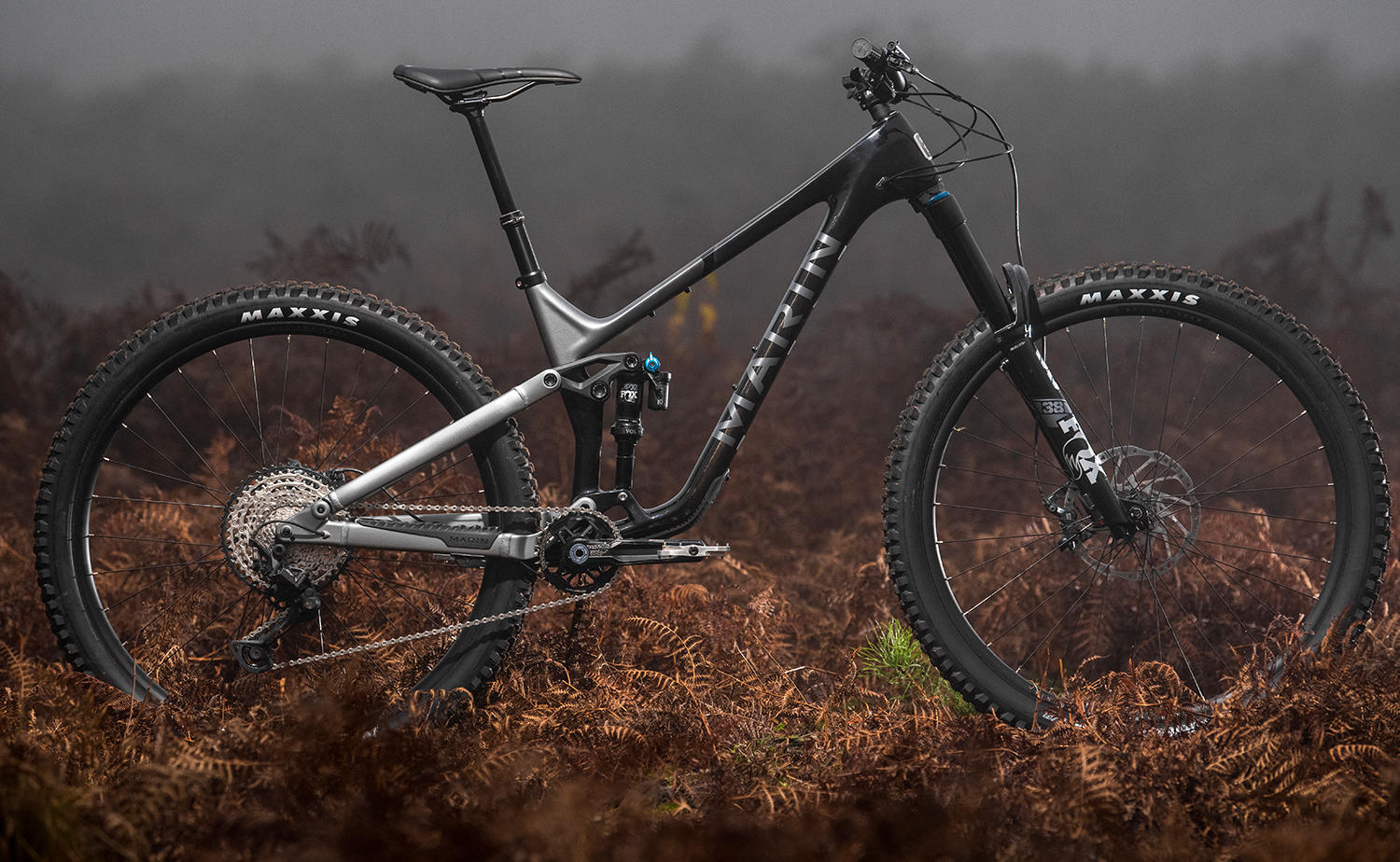
What's the Competition Like?
The bike we are testing is the Marin Alpine Trail 7, which retails for $3,900. That makes it remarkable value for money. There is no doubt that this makes this model is an accessible travel enduro bike. It is one of the best investment for biking enthusiasts that are on a budget.
There are differences between other bikes in terms of spec, geometry, frame design, and suspension. Some people may prefer buying their bikes from a bike shop rather than online.
Comparing price points is often irrelevant if the bike doesn't perform well. If, for example, it requires immediate upgrades or has durability issues, you might be better off giving it a miss. You might think, how does the Marin Alpine Trail stack up in that regard? We are pleased to announce that the performance is exceptional and stacks up against competing models perfectly.
Testing The Marin Alpine Trail
Marin Alpine Trail enduro bike is sold directly to the consumer. When the bike arrives, you receive a cardboard box holding the parts. It gets shipped straight to your door and only costs $25 if you live in Sydney or Melbourne. If you stay a little further away, in Broome, for example, you could pay up to $209 to get the enduro bike delivered.
Assembly requires some essential tools but is a simple procedure nevertheless. These tools are included in the box and help install the dropper post, handlebar, and front wheels. If you need further assistance, a large selection of how-to videos can guide you through the process of setting up the Alpine Trail Carbon or any counterpart models.
Fit and Sizing
There are multiple size options available, but for the average male, large is a good choice. The riding height is upright and comfortable due to a 79-degree effective seat tube angle and 35mm stem. The reach is long, 480mm to be exact, but it seems to work perfectly with the seat angle. It isn't necessary to shove the saddle forward on the rails to get in an excellent position to climb steep pitches.
Despite a relatively short effective top tube length and steep seat tube angle, the Marin Alpine Trail carbon keeps the seat stable on flat terrain. That helps to pitch the rider forward when they are focusing on going fast. There is a 780mm riser bar that offers plenty of lift and a neutral sweep profile. It helps to reduce excessive pressure on the rider's hands. Stem height can be adjusted as need, and there is also a usable length of the steerer tube if this light bike.
Marin has designed the Alpine Trail Carbon with a short seat tube by improving sizing flexibility and standover clearance. The line measures only 425mm on the large model. That means that a lot of extensions can be done with the stock 150mm dropper post. Most experts recommend a 175mm dropper for better performance on this mountain bike.
Suspension and Tyre Setup
The shock and fork setup make suspension setup easy and intuitive. RockShox's design has anodized sag gradients fitted on these trail bikes. The new Alpine Trail has a handy guide that suggests using shock pressure as a starting point. This information is greatly received from a mountain bike that is sold directly to customers. Other brands usually don't even bother to provide such details.
This big shock stroke that is built into the Alpine Trail Carbon has resulted in a lower leverage ratio. You can immediately notice that the suggested air pressure is low compared to other full-suspension bikes. Let's say, for example, and you have an 80kg riding wide, that means you would need 150 psi to hit a 30 percent sag. Another thing to note is that the shock rebound damping should be within a click or two of the fastest setting. That is because the suspension would feel overdamped and sluggish with any more clicks. It is one of the more aggressive trail bikes on the market.
While both tyres and rims have tubeless compatibility, you need to purchase sealant and valves separately. That is a little bit of a time-waster if you want to go tubeless. However, it's a relevantly simple job since rims come pre-taped. Consequently, it's not the neatest job, but it can be tweaked after the first few rides. Finding the perfect balance can help you get the most out of riding the Marin Alpine Trail Carbon.
What Does The Marin Alpine Trail Do Well?
It might not surprise you that the bike has a 63.5-degree head angle and weighs over 16kg. What needs to be mentioned is the descending abilities of these affordable trail bikes. These abilities are nothing short of outstanding, and it certainly doesn't take long to feel composed. It performs well on techy, natural, and rough terrain, making it great for mountain biking enthusiasts.
Although the suspension isn't the best on the market, the performance is excellent. That is mainly thanks to the Yari RC, which boosts mid-stroke support. The DebonAir spring is more robust than previous designs. It's very stout, easy to tune, and sensitive on these enduro bikes.
The Alpine Trail feels sturdy and solid with the heavy-duty alloy frame. It can easily handle big hits without shaking the structure too much. The rear suspension has excellent progression built into it. That means you can access all the travel, but you might not know when you run out. There is a way to increase progression further as the shocks do not include volume spacers. It comes standard from the factory, allowing the rider to modify the bike as they see fit.
Updated geometry is terrific on this bike and helps to keep the rider centred at all times. It has an excellent balanced design that makes you feel like you are in control. Some other models feel like you are perching on top of them.
This bike is thoroughly playful through its lack and hefty design. Its geometry also makes it an entertaining bike to take corners with. Slack front high reactions tyres allow you to rail and commit to those corners aggressively. The short rear end instigates turn with little to no effort. It can easily lift the front wheel or pop a manual when directed. The descending muscles are nicely balanced, helping to deliver an involving riding experience.
There isn't as much stability here as with other bikes that use a much longer chainstay. The tremendous short end does mean you are going to need to change your riding stance. In most cases, people use a more aggressive riding stance when using the Marin Alpine Trail 7. It would be best if you had more bodyweight commitment near the front end of the bike. By doing this, you have more overall control of the front and back end.
Novice riders might struggle to keep the front tyre from driving into the ground on less steep terrain. These individuals need to adopt a new sitting style to make the most of the Marin Alpine Trail. This slight adaption can greatly reward a more assertive pilot or demanding terrain. It's all about positions, so always keep that in mind when riding this bike.
While climbing, there is minimal lifting since the steep seat can move forward. It leans into a based climbing position and adds to the agility of the bike. That means the Alpine Trail offers a broader range of balance on all typical Australian trails.
Thanks to its excellent seating position, the Marin Alpine does ride far better than expected. It might not be the sprightliest bike uphill, but it can sure get the job done effectively. Up smooth gravel climbs and on the road, you can use the shock two-position compression. It is located near the rear end and can be changed by pulling a lever. The suspension can sometimes be quite a bobby, although the rear tyre does help with operational performance.
These rear wheels can quickly gain traction to drive up techy ascents or crumby surfaces.
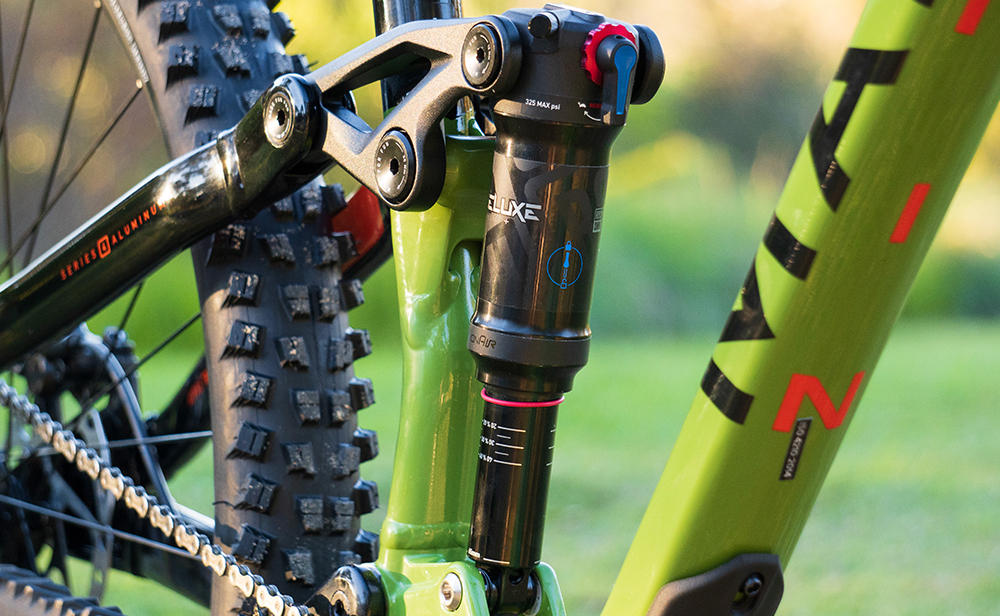
Component Highlights
The company has been commended for the great packages it has created. The Alpine Trail 7 is meticulously designed to provide an excellent overall ride quality. Vee tire flow has incorporated a sticky rubber compound and supportive tread design. It has proven to be reliable in a broader range of conditions. The casing is 2.45 inches wide, while the most general points measure around 2,77ich. It gives them a lower volume so that they are less vague and wobbly when being pushed hard.
One thing that impressed us was the budget Shimano MT-420 brakes. It is paired to a metal compound brake pad and oversized rotors. A surprising amount of power is dished out through the four-piston callipers. It looks a bit pedestrian with the long levers, but they do deliver a more flatter profile. They feel excellent and allow for a more prominent perch for your index finger to wrap around. This model of Shimano brakes is comparable to higher-end models.
It's nice to see an I-Spec direct mount shifter build into this bike. The Shimano Deore drivetrain adds to the reliability of an already stable system. Throughout multiple tests, the brake did not drop a single chain. That is remarkable, consider there is no FSA crankset or chain guide in place.
Overall the main thing that stood out was the quietness of the Marin Alpine trail 7. It is obsessively entirely due to its solid down tube armour. The stillness of a bike can affect your concentration levels and confidence. A more stable bike can perform better in any terrain conditions.
Its well-managed cable routing and non-finned Shimano brake pads ensure no clanging or rattling on the trail. Some bikes cost three times the amount of this one make much more noise.
Any Problems with the Marin Alpine Trail?
The first thing you can notice is the rear wheel can detention quite dramatically. That could mean almost all the spokes are coming to lose. After a few rides, we saw the main suspension pivot and central rocker link pivots came to fail.
That is not good for a mountain bike sold in 2021. The factory has already been informed of these issues and has treated its pivot bolts with Loctite. This substance allows the wheel to remain more secure during the building process. However, we always recommend carrying tools with you when going out on a long bike ride.
Although pretty comfortable, an annoying creek can develop in the saddle after extensive use. The rear shock also starts leaking a significant amount of oil from the main wiper seal. It doesn't happen with all models but could have just been on the test model we received.
What Could Be Improved?
Very little can be improved.
It is a great bike that can tackle any terrain with ease. However, its raked-out geometry can make the Marin Alpine Trail 7 tricky to navigate on sluggish terrain.
However, flat terrain is not what this bike aims for, and if you are chasing a lively lighter ride, you should look elsewhere. If you have some extra cash to splurge, we recommend installing a high-quality dropper post lever. At times the stock remote can be a bit cheap and wobbly. Riders with longer legs would prefer a more extended stroke dropper if they frequent steeper terrain.
The frame is also compatible with piggyback shocks and coils. That is something that riders might want to consider if they spend time shuttling around bike parks. At this point, you might want to consider the Alpine Trail XR. It comes to standard with Lyrik Ultimate coils and shocks.
Conclusion
There is no doubt the Marin Alpine Trail 7 is a competent bike. It is excellent value for money and has up to date geometry. The parts are cleverly selected and help to keep the price under the $4,000 mark. It does this without limiting the crucial performance aspects of the bike.
With a smooth and easy tune suspension, it provides a stable ride. The brakes are reliable and robust, stopping you at a moment's notice. Its tyres offer superb traction on loose gravel as well as travelling uphill.
Of course, it aids in backing up the bike's contemporary geometry and robust chassis by your riding stance. By doing this, you can perform corner ripping shenanigans and arduous hitting descents.
Although it might not be the highest bike around the all-day pedal, it is not as zippy as lighter models, and the lack of features might disappoint some users. This bike is most preferred for its sheer simplistically and gimmick-free design.
Enduro racers that love going down the mountain as fast a possible can trust the Marin Alpine Trail 7. It is a well-equipped bike that can handle any technical terrain. You are going to be hard-pressed to find something in this price range that offers such exceptional performance.

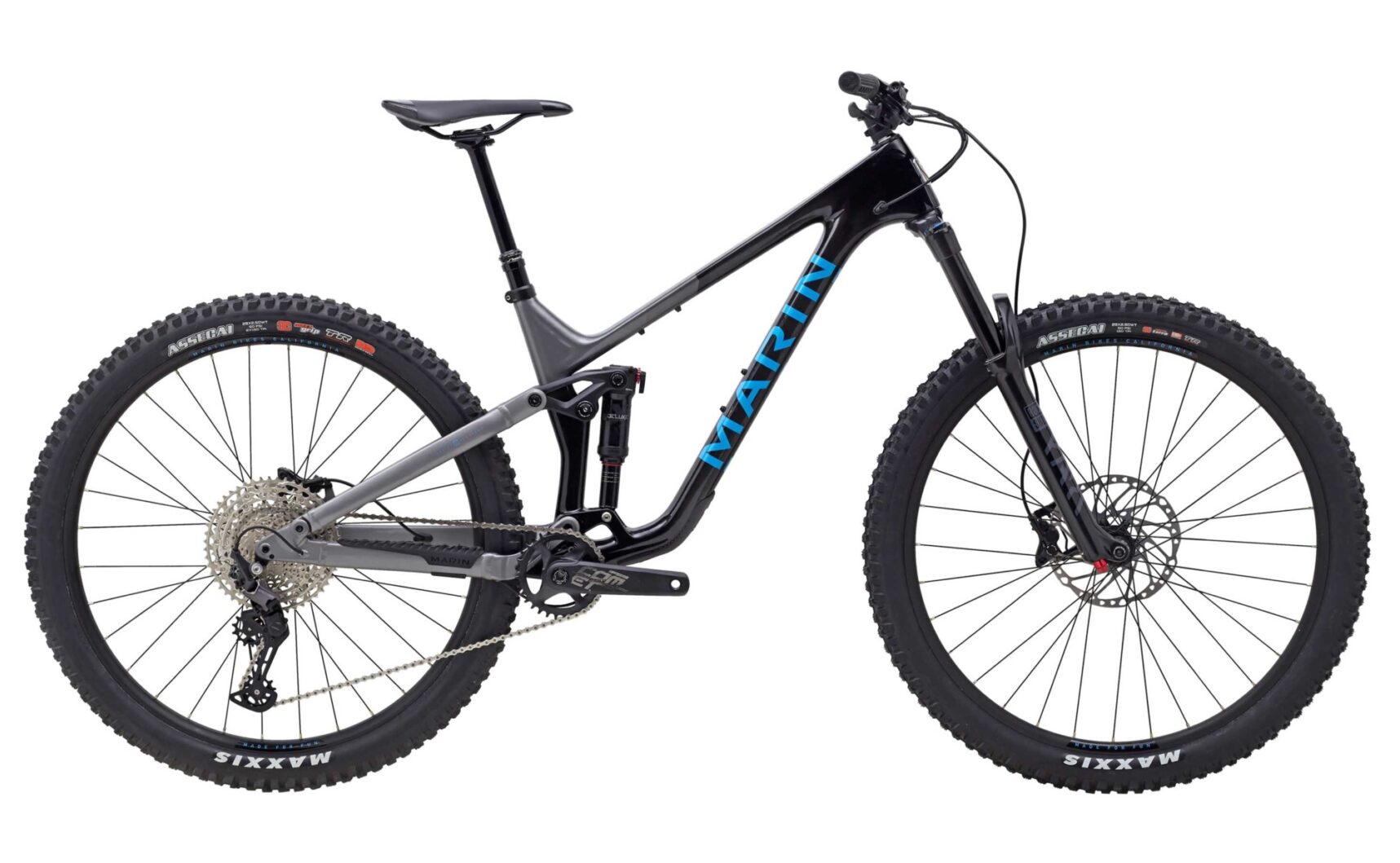

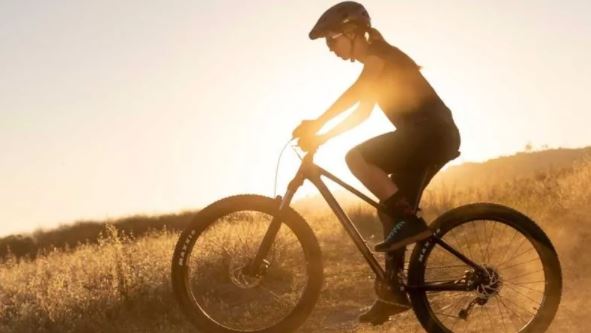

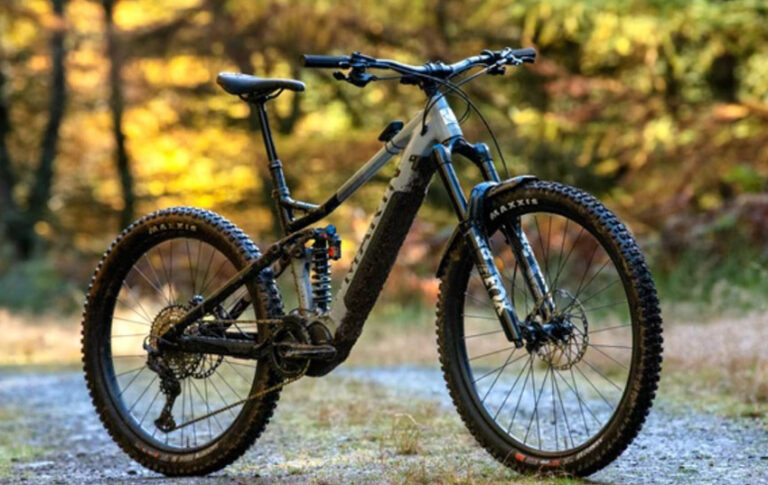
![A Review Of The Polygon Helios [A8X & A7]](https://www.beastiebikes.com.au/wp-content/uploads/2023/09/Helios-AX8-review.webp)
